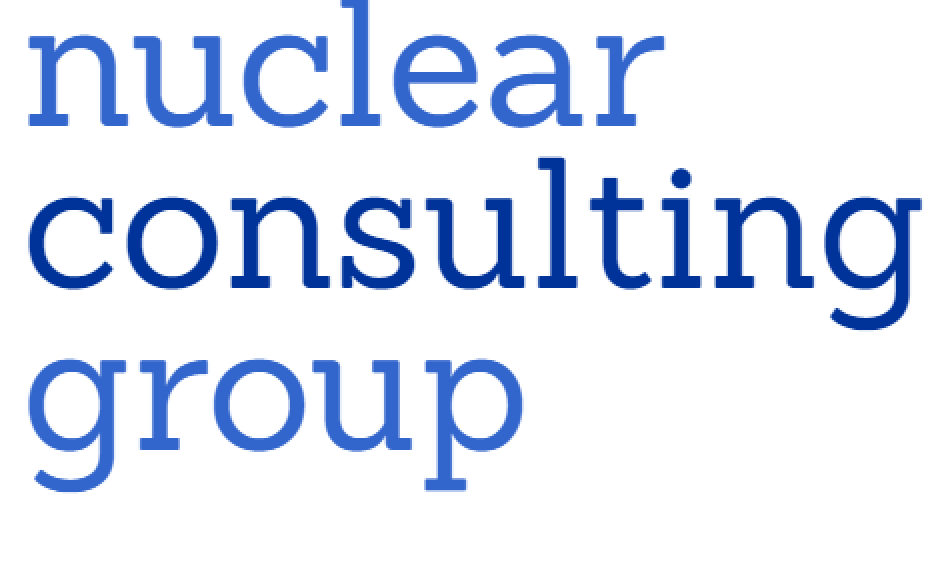Part 2 of 2 Parts (Please read Part 1 first)
KHNP has been embroiled in a scandal recently over the use of counterfeit parts in the reactors that it has constructed. There has also been a labor dispute between ENEC and the Korean companies over replacement of workers.
Dorfman says that the design of the reactors being built for the UAE do not include some important safety features including additional reactor confinement and/or a core-catcher. He said, “both of which are design features normally expected in all new nuclear reactors in Europe.” These safety features would limit the release of radiation if there was an accident or a deliberate attack on the reactors.
Dorfman says that the possibility of deliberate attacks cannot be ruled out. Yemeni rebels have claimed responsibility for a cruise missile attack on the Barakah site where the UAE reactors are being built. There were also the missiles attacks on Saudi Arabian oil facilities last year.
Any accident at the UAE plant would have a major impact on the local people and environment. This region relies heavily on desalinization of seawater to provide drinking and irrigation water. A lot of electricity is required to purify the water and pump it around. Anything that interrupted electricity supply in the region could cause severe problems with the water supply.
Officials of the UAE swear that their reactors will be safe but they refused to specifically address the concerns expressed in the Dorfman report. Hamad Al Kaabi is the UAE’s permanent representative to the International Atomic Energy Agency (IAEA). The same day that the Dorfman report was published, Al Kaabi issued a statement that said his country was fully committed to internationally accepted best practices on nuclear safety and security. They had allowed forty inspections and reviews of the Barakah plant in the past ten years. Al Kaabi said, “The UAE is committed to upholding its 2008 nuclear policy principles of transparency, safety and security, sustainability and international cooperation.”
The UAE is proceeding with the development of nuclear energy. ENEC estimates that the new reactors at the Barakah facility will supply about twenty five percent of the electricity demand of the UAE. They say that it will assist in cutting carbon dioxide emissions by seventy percent by 2050. Carbon dioxide emissions should be reduced by at least twenty-one million tons a year when the new reactors are connected to the national grid.
The UAE expects to load the first fuel assemblies into Unit 1 at Barakah sometime in the first quarter of this year. First, the Federal Authority for Nuclear Regulation, must issue a license for the ENEC’s operating and maintenance subsidiary Nawah Energy Company.
However, it should be mentioned that KEPCO has not yet signed up any other customers for its new reactor design. Regarding the problems raised by the critics of the Korean design, it is not surprising that only the UAE has contracted for the construction of the new Korean reactors. Dorfman says, “The UAE contract remains South Korea’s one and only export order – with KEPCO and its subsidiary KHNP unable to replicate the Abu Dhabi contract elsewhere, despite major initiatives in Lithuania, Turkey, Vietnam and the UK.”
